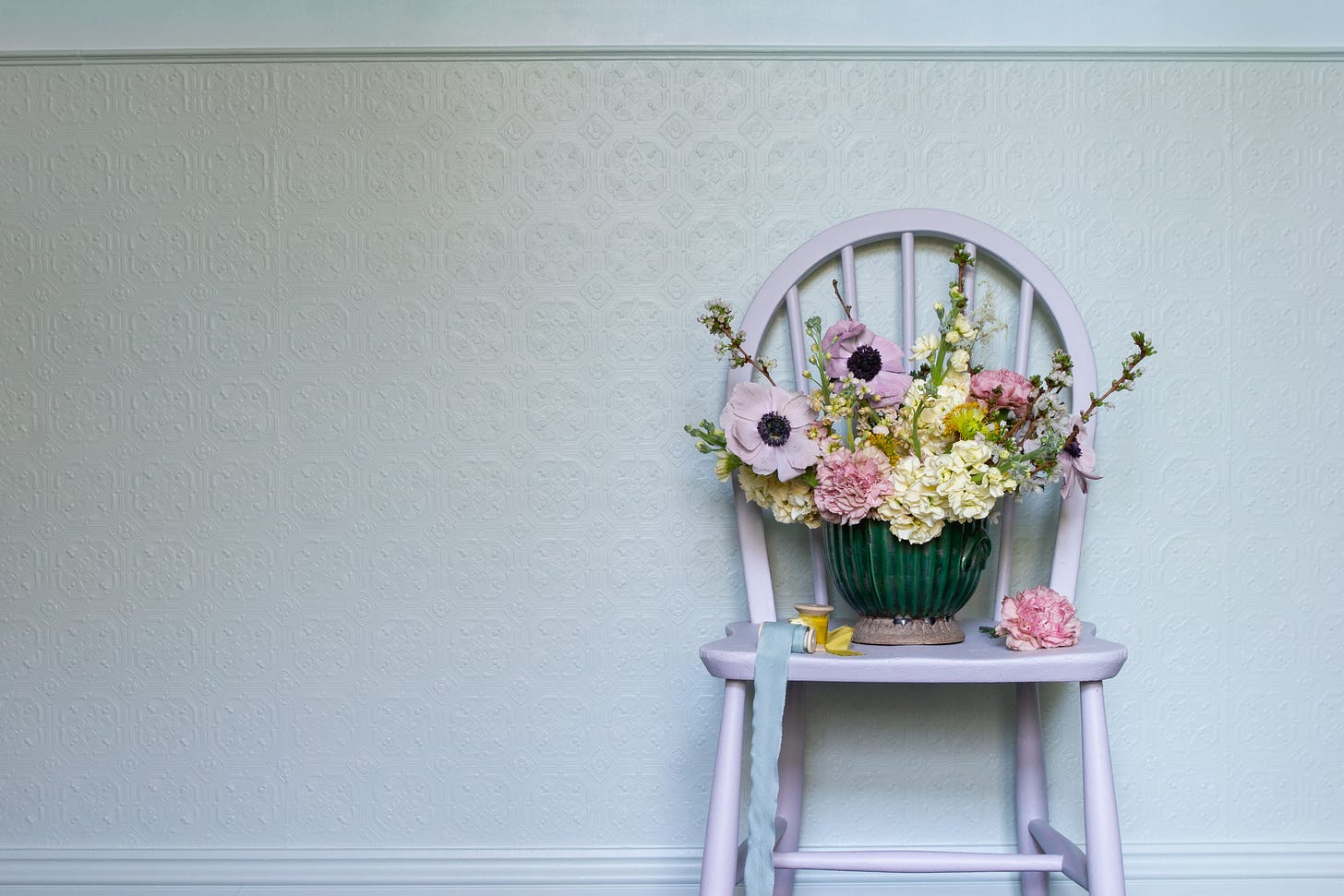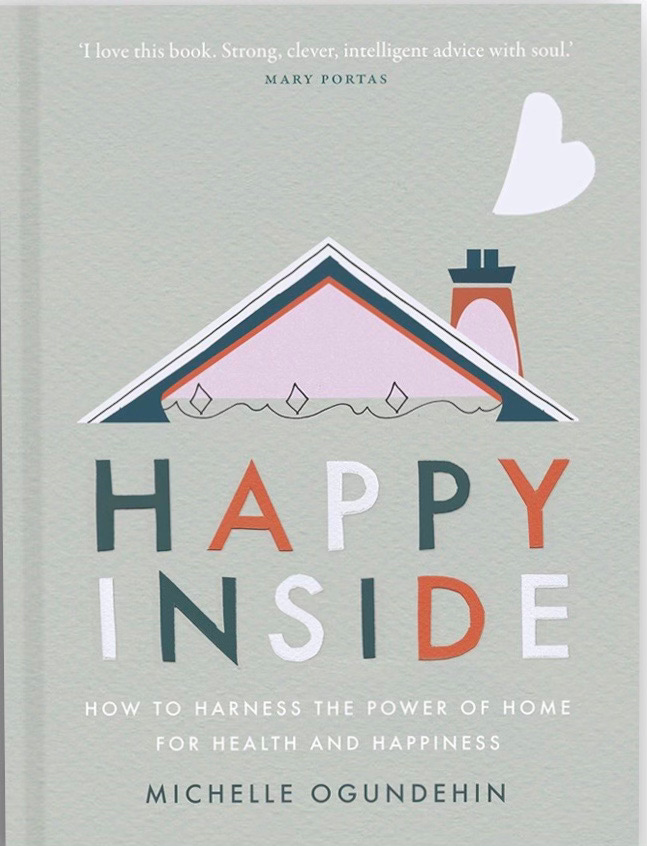Let's talk about (clean) paint
Sadly, there's not much of it about — meaning petrochemical and plastic-free, polluting neither air nor water and not adding to your toxic load
With new anti-greenwashing regulations soon to be implemented both in the EU and UK there is a timely spotlight on the paint and coatings industry. In the last few years we have seen a varying range of spurious claims and dubious language being used which has created nothing but confusion for consumers. All is not as clean and green as it seems in the world of paint.
But clean paint or eco paint, what does it actually mean? Paint you can wash off your brush with water?
Simply put, clean paint aims to be as petrochemical and plastic-free as possible, such that it pollutes neither air nor water and doesn't add to the toxic load of either you, your home or the environment. Sadly, there's not much of it about.
Let's start with those pesky VOCs (volatile organic compounds). These are given off by the chemical solvents, preservatives and additives commonly used to make paint flow, adhere, cover and not shrivel up in the tins. It used to be thought that these were only released when you first did the painting, but now it's understood that paint 'off gases' for a long period afterwards as well. And because VOCs are bad for the environment, even if you open the window to ventilate a freshly-painted room, you're still doing harm.
But, here's the really punchy fact. Did you know that most paint is 37% plastic? And exterior gloss can be up to 90% plastic! Which means we’re essentially suffocating our homes as the majority are designed to be breathable ie letting moisture out so they don’t get mould. If we’ve encased our homes in plastic, any damp produced inside a home eg by breathing, has no-where to go (unless you open a window, obviously).
According to a comprehensive 2021 report from the Swiss-based scientific research consultancy Environmental Action, paint is "the largest source of micro plastic leakage into the world's oceans and waterways, outweighing all other sources of micro plastic leakage (textiles, tyres and pellets)!" How does it get there? A combination of leakage during application, wear and tear, maintenance and end of life disposal — every year 14,000 tonnes of paint go to landfill. As the report concludes, "the global contribution of paint to plastic leakage has been largely overlooked." Not helped by the fact that as consumers, we tend to choose paint predominantly by colour alone.
All in all, it would appear that a lot of paint is not great for both you and our planet. Except it's so freely available that's hard to believe. Then again, perhaps you detect an emerging theme through many of my posts; namely we've been blinkered for way too long over the damage being wrought by plastic, pesticides or other man-made chemical carcinogens, in the economic tussle that prioritises convenience or cheapness over clean.
Let's talk about plastic...
Better Home: Better Health with Michelle Ogundehin — helping you harness the power of home, your fast track to health, healing, happiness When scientists first discovered plastic, its convenience, durability and low cost were hailed as game changing. Fast-forward 70 odd years and the wonder material is wreaking havoc. The problem is, most of it isn't bio…
Additionally, with the rise in eco awareness, the race is on to protect profits as many a manufacturer tries to up its sustainable credentials. New niche brands have popped up, jumping on the bandwagon. Maybe they suggest that because its paint comes in pouches, it's recyclable (ummm, what about the paint flushed into the water system when you try to clean that pouch before you can recycle it? Assuming your local council accepts such pouches. Mine do not.) Or, paint that implies it's green because the tins are made from recycled aluminium! Or paint being made from returned paint. How about another bigging up that it plants trees or removes plastic from the oceans for every pot sold.
Long story short, it's a deliberate distraction from the truth because they're not talking about what's actually in the paint. And that's what does the real damage.
Only 30% of paints are manufactured with a water base, and even these can contain plastic and petrochemicals so when you rinse your brushes, that's all flowing into our waterways. For every tonne of paint manufactured, the World Health Organisation claims that 30 tonnes of waste water is created for processing. Billions of kilos of VOCs are also released annually into our atmosphere. All on top of the micro plastic leakage. Bottom line, the paint industry is one of the most globally polluting.
What to do…
Identifying genuinely sustainable and ecological paint brands requires careful research and checking. Here's what you need to ask...
Do they claim 'Low VOC' levels? Low VOC in the UK can actually be as high as 30 grams per litre (up to 50g in the US). This is nothing like low enough. Even 'Ultra Low VOC' products can still contain harmful additives and other chemicals. Look out instead for 'Trace Level VOC' which guarantees that levels are below 1g/litre. This really is low.
What evidence does a brand offer to validate its claims? If you look them up online, do they provide toxicological or ecological data that's easy to find? Is it certified by globally recognised and respected independent product evaluation agencies, such as Cradle to Cradle Institute, Eurofins, or Global Green Tag? Or does it simply say, 'No data available' or not reference it at all. Surely if they were truly clean, they'd be trumpeting it loud and proud?
Can you find a list of ingredients on the tin or on a brand's website? And again, is this verified by a respected 'harm-free' product evaluation agency or in a Product Health declaration? Nothing said equals something to hide.
What do I use?
Here’s the science… Graphenstone's GrafClean paints have only trace levels of VOCs (less than 0.1% per litre). These are breathable mineral-based paints that use a range of universal and metal oxide pigments, have no added micro-plastics and virtually no smell! They also contain a remarkable substance called graphene (a non-toxic pure inert carbon 200 x stronger than steel) for durability which provides excellent coverage combined with washability.
They contain no additional chemical preservatives either, using natural lime instead to increase the pH, although some raw materials contain the tiniest amounts, at just 0.05%. Truly trace level. As such, it can truthfully claim to be one of the world's most widely certified eco paints, on everything from its positive impact on air quality, to having one of the lowest carbon footprints in the industry.
And, now available the Michelle Ogundehin x Graphenstone Collection — 16 soothing shades deliberately designed to work cohesively together across your entire home!
A breath of fresh air!
But it doesn’t stop there, the paints are manufactured using renewable energy and utilise the waste olive pits from the local olive oil industry as part of the biomass fuel. Even the paint tubs are made from 100% recycled materials and are fully recyclable. I mean seriously, what's not to love!
Used by Facebook for its London offices, The Eden Project, and Historic Royal Palaces and chosen to work in partnership with English Heritage from early next year; if it's good enough for them, it's perfect for you. Remember, you are what you breathe. You deserve clean paint!
Special Limited Time Offer… 25% off any subscription for a whole year!
BOX OFF Quick Tip: If you have leftover paint, provided it is less than a year old (after which it'll start to separate and go off even with the lid firmly closed) there are a number of reuse initiatives and community repaint schemes which will collect it in order to benefit others. Alternatively, use Freecycle or similar apps to give it away.
Whatever you do, don't ever tip it down the drain or into a sewer!
Neither can unused liquid paint go into normal household bins.
Instead, solidify the paint by letting it dry out or filling tins with sand, soil, sawdust or even cat litter and then take them to your local Household Waste Recycling Centre (HWRC). In the UK paintcare.org.uk can help you to find your nearest HWRC. The idea is for them to be able to remove the paint and recycle the tins. Note most only accept metal cans, not plastic, so check the regulations before setting out.







